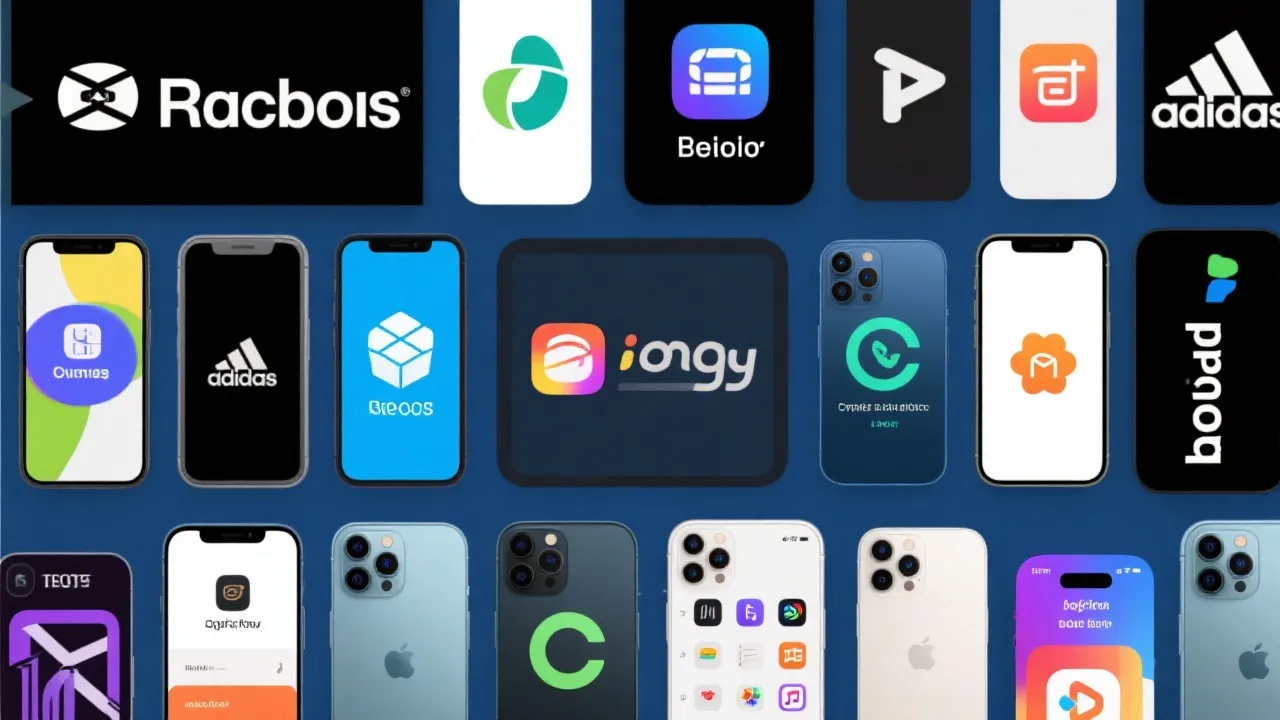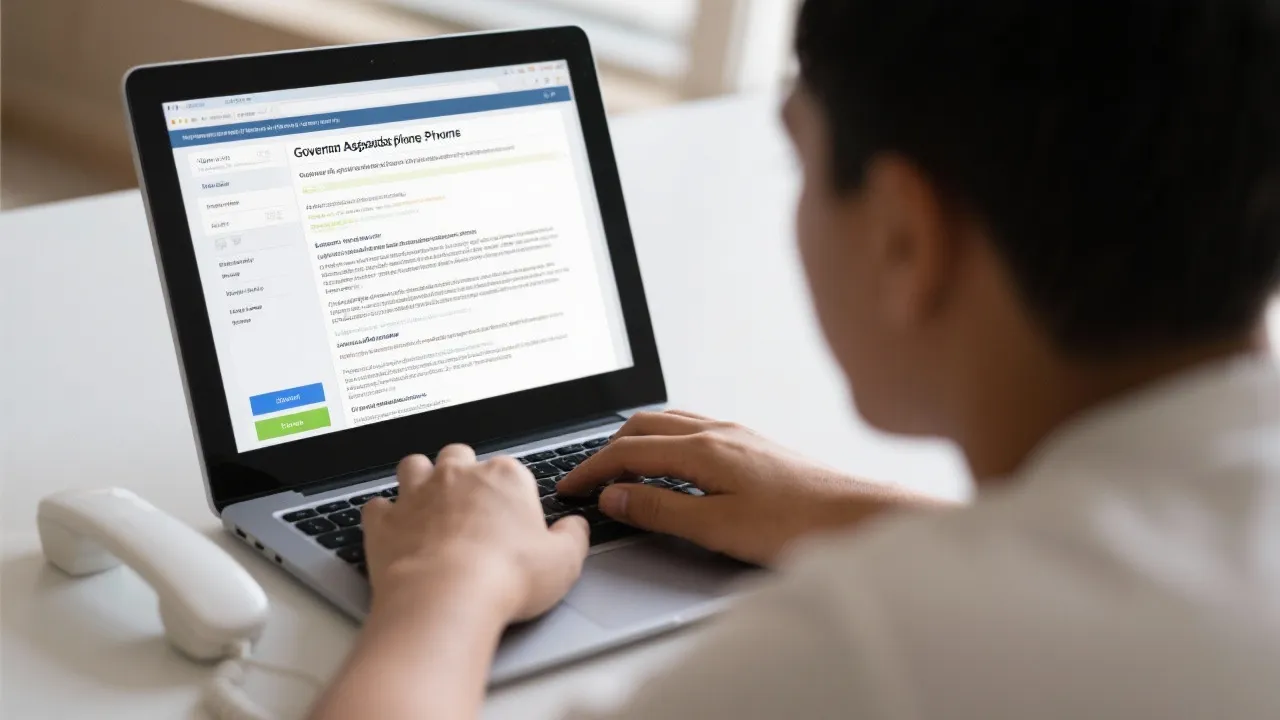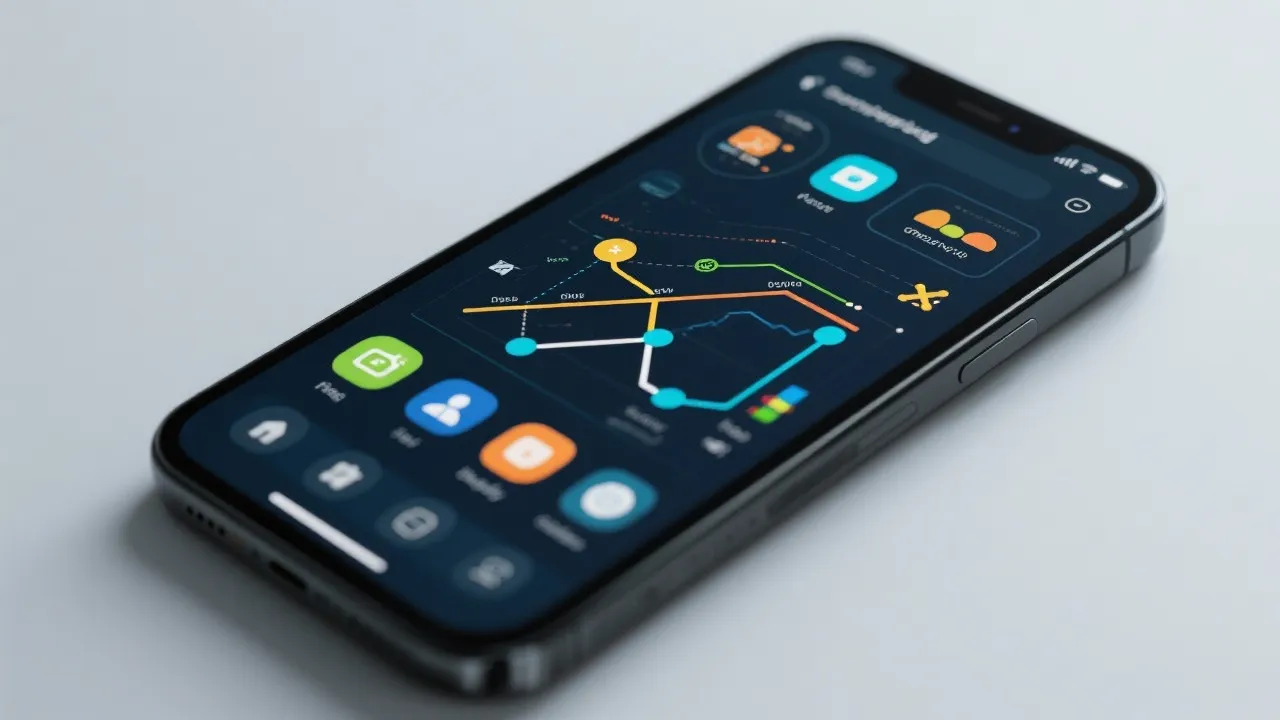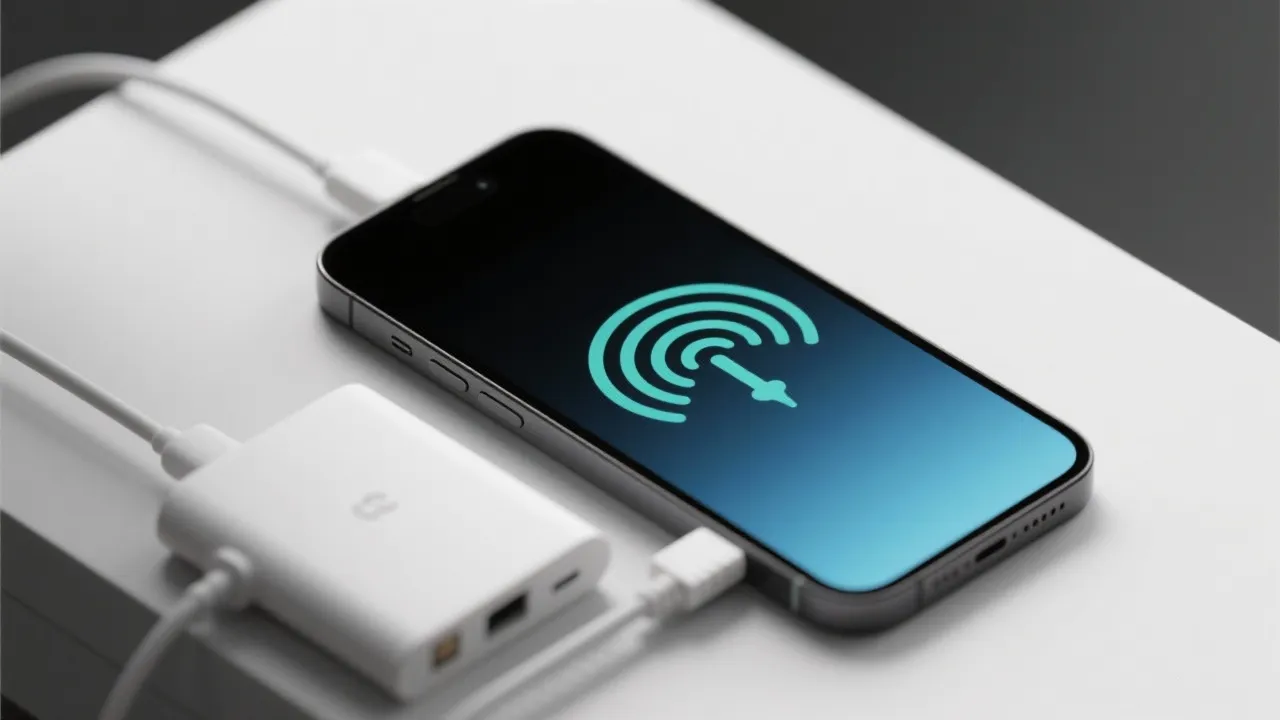Understanding Government Assistance Phones
This guide provides a comprehensive overview of obtaining a government-issued phone through the Lifeline Assistance Program, which helps individuals and families in need stay connected by providing mobile devices and services. Explore various providers, the application process, eligibility criteria, and considerations for choosing the top plan that fits your requirements.

Unlocking Connectivity: Government Assistance Phones
In a world where connectivity is essential, having access to a mobile phone is more critical than ever. The Lifeline Assistance Program is a noteworthy initiative that seeks to bridge the communication gap by providing eligible individuals with mobile phones and services. This article will offer an in-depth exploration of the government assistance phone options available, their benefits, how to apply, and the considerations for selecting the right plan.
Understanding the Lifeline Assistance Program
The Lifeline Assistance Program, established by the Federal Communications Commission (FCC), is designed to make phone and internet services more affordable for low-income households. By offering subsidies, the program ensures eligible participants receive mobile services to maintain essential connections for employment, healthcare, and emergency services. In times of crisis, connectivity can be a lifeline, facilitating access to critical information and resources. The program recognizes that communication is not merely a convenience but a necessity for those striving to improve their circumstances.
Government-Assisted Phone Service Providers
Various providers participate in the Lifeline program, each offering unique benefits and service plans. Below is a comparison table of notable providers and their offerings:
| Provider | Services Offered | Additional Costs |
|---|---|---|
| SafeLink Wireless | Smartphone or BYOD options, unlimited text, calls, and data (varies by plan and state) | Premium devices and additional data may incur fees |
| Assurance Wireless | Android smartphone, unlimited talk, text, and data allowances | High-speed data and international calling upgrades available |
| StandUp Wireless | Smartphone or BYOD options, unlimited talk, text, and data plans | Premium upgrades or extra data available for a fee |
| Access Wireless | Unlimited voice, text, and limited high-speed data | Data boosts and device upgrades available |
| True Wireless | Government-supported phones, voice, and data plans | Better device and additional data plans upgrades available |
Source: [SafeLink Wireless](https://www.safelinkwireless.com), [Assurance Wireless](https://www.assurancewireless.com), [StandUp Wireless](https://standupwireless.com/), [Access Wireless](https://www.accesswireless.com), [True Wireless](https://www.gotruewireless.com/)
Each of these providers offers unique strengths, making it vital for potential applicants to consider their own needs and the specifics of the services any chosen provider offers. For instance, some may find that unlimited data is essential for their lifestyle, while others may prioritize lower costs over data availability. Additionally, the speed and reliability of networks can vary by provider, which can also influence the decision-making process.
Eligibility and Application
To qualify for a government phone, applicants must meet specific eligibility criteria. These typically include participation in federal assistance programs such as Medicaid, SNAP, SSI, or FPHA, or having an income level at or below 135% of the federal poverty guidelines for Lifeline or 200% for the Affordable Connectivity Program (ACP). Additionally, residing on Tribal lands can provide further benefits. The program not only facilitates essential communication but also encourages social engagement and economic mobility among participants.
Steps to Apply
- Determine eligibility based on income or assistance program participation.
- Select a suitable service provider from the available options.
- Complete the application process on the provider's website or via the Lifeline National Verifier.
- Submit necessary documentation proving eligibility, such as income statements or program participation documents.
- Await approval and, if eligible, receive your service device and begin using the mobile services.
The application process can vary slightly depending on the service provider, so it’s recommended to be thorough when reading the application instructions. Gather all required documentation in advance to streamline the process, ensuring you have the necessary proofs of identity, participation in eligible programs, and income verification ready to submit. Some providers offer assistance through customer service lines if you encounter any challenges during the application process.
Choosing the Right Plan
When selecting a government phone plan, it's essential to consider various aspects, including service coverage, plan allowances, costs of additional features, and the type of device offered. Each provider offers distinct benefits and may cater to different needs, so evaluating them side-by-side can help in making an informed choice. Factors such as data speeds, network reliability, and customer service can differ greatly between providers, impacting your overall experience.
It's also important to think long-term about your needs. Will you require frequent internet access for job searches, school assignments, or staying connected with family? Are you likely to need more data in the future? Understanding this can help you choose a plan that not only suits your immediate requirements but also anticipates future usage. This can prevent frequent switching of plans or providers, which can be cumbersome and sometimes costly.
Understanding the Benefits of Government Assistance Phones
The Lifeline Assistance Program is more than a cellular lifeline—it also serves as a gateway to essential resources and opportunities. Here are some major advantages:
- Improved Access to Jobs:
Being connected allows individuals to seek employment opportunities more readily, apply for jobs online, and stay in touch with potential employers. Many companies conduct initial interviews via phone calls, making access to reliable communication indispensable in today’s job market. - Healthcare Accessibility:
A mobile phone can enable individuals to schedule appointments, receive telehealth services, and stay connected with healthcare providers. For many low-income individuals, having the ability to communicate with healthcare professionals can lead to better health outcomes and more timely medical care. - Emergency Services:
In emergencies, having a phone can mean the difference between safety and danger. Connectivity allows individuals to reach out for help or information quickly, whether contacting the authorities, friends, or family in times of need. - Social Connectivity:
Social interaction is fundamental to mental well-being. Access to a mobile phone allows individuals to stay connected with friends and family, supporting emotional health and reducing feelings of isolation. - Educational Resources:
Students from low-income households can use government phones to access online educational resources, fostering a better learning environment. This includes research, online classes, and participation in educational programs that require internet access.
Challenges Faced by Government Assistance Phone Users
While the Lifeline Assistance Program provides critical support, users may also encounter various challenges that can affect their overall experience. Understanding these potential hurdles allows applicants to be better prepared:
- Limited Device Choices:
Often, the smartphones offered through government assistance can be limited in terms of available models and features. This may not meet the preferences of individuals who are used to more advanced technology or specific brands. - Network Coverage Issues:
Depending on the provider, some areas may experience poor network coverage, leading to dropped calls or slow data speeds, which can be frustrating especially in rural areas. - Complicated Application Process:
For some applicants, navigating the eligibility requirements and application process can be daunting. Understanding the necessary documentation and having access to technology to submit applications online can also be barriers. - Frequent Changes in Availability:
Changes to program eligibility and service offerings can alter the landscape of government assistance phones. Staying informed about updates regarding service changes is crucial for recipients.
FAQs
- What is the Lifeline Assistance Program?
The Lifeline Assistance Program, managed by the FCC, aims to make communication services more accessible to low-income households by offering subsidies for phone or internet services. - Who qualifies for a government phone?
Individuals who meet the income criteria or participate in certain government assistance programs, such as SNAP or Medicaid, are eligible. - How do I apply for a government phone?
Applications can usually be completed online through a provider's website, with required documentation uploaded to verify eligibility. - Are there any costs involved?
Basic plans are covered, but optional upgrades like additional data or premium devices may incur fees. - Can I bring my own device?
Providers like SafeLink Wireless and StandUp Wireless allow BYOD (Bring Your Own Device) options, subject to compatibility with the service.
Conclusion
Finding the right government-assisted phone plan involves understanding your eligibility and assessing various provider offerings. Whether it's staying in touch with family, seeking employment opportunities, or ensuring safety through connectivity, these plans offer significant value for eligible individuals. To acquire a plan, follow the application guidelines provided by each service provider, keeping in mind that opportunities for upgrades and additional features may be available at an additional cost.
The Lifeline Assistance Program represents an essential resource in bridging the digital divide and ensuring that those most in need can connect in an increasingly tech-driven society. While the application and selection process may seem complicated at first, the benefits of having a government-assisted phone far outweigh the initial hurdles. Staying informed about your rights as a consumer and the available services can empower beneficiaries to make the most of their connectivity.
Disclaimer: The information above is based on online resources as of October 2023. This website cannot guarantee that applicants will receive a government-issued phone. For precise application requirements and acquisition processes, it is essential to refer to the official provider requirements. Please note, this information will not be updated in real-time.
-

A Guide to Cost-Efficient Small Electric Cars for Seniors
-

Mastering Debt Consolidation: Boost Your Credit Score and Manage Interest Rates
-

Your Guide to Loans, Credit Checks, and Interest Rates
-

Affordable Independent Living: Finding the Right Senior Housing
-

Guide to Senior Living Apartments: Affordable and Comfortable Environments









